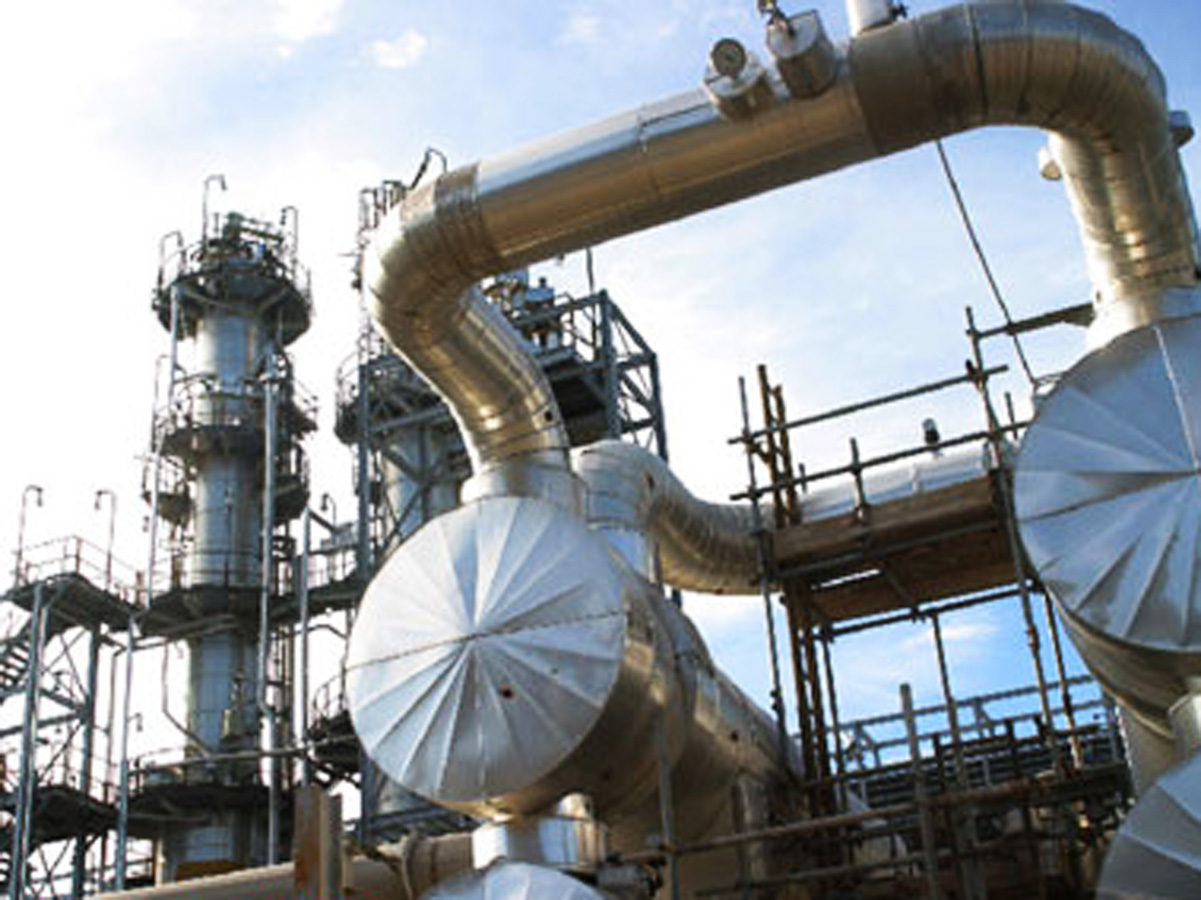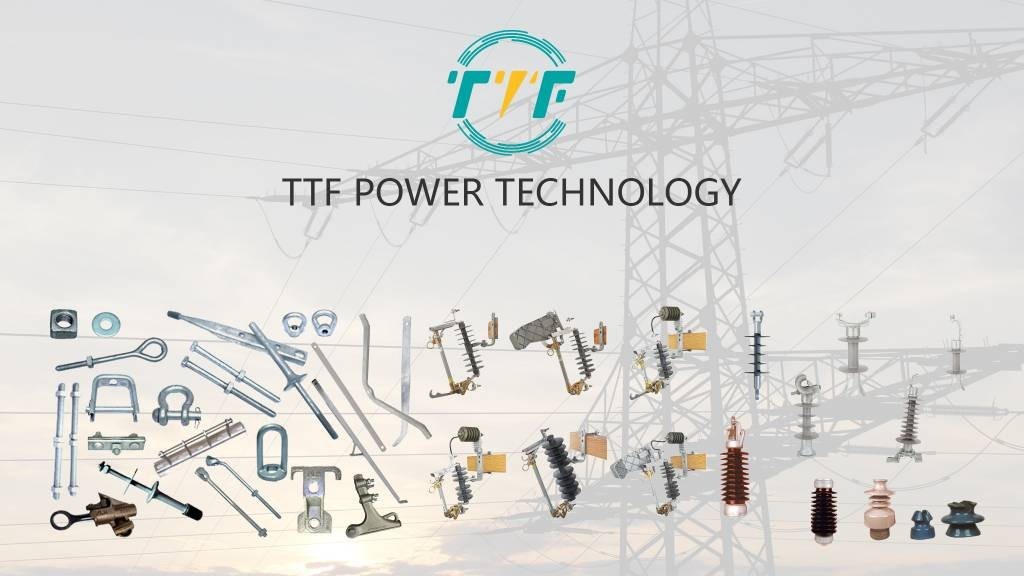
outh America is the second-largest hydrocarbon producer, with massive reserves. Hydrocarbon production, including oil and gas, is crucial in the energy transition in the region. Revenue generated by extra oil and gas exports could boost economic growth and government revenues. Hydrocarbon production could also enhance energy security by ensuring a reliable supply of energy. major players include Brazil, Colombia, Venezuela, and Peru. In energy transition goals, hydrocarbon production can balance with renewable energy sources like solar and wind power. However, its production can lead to environmental impacts, including greenhouse gas emissions, pollution, and potential damage to ecosystems. Natural gas is a less carbon-intensive fossil fuel than coal and can serve as a bridge fuel during energy transition. Corona rings enable the reliable transmission of electricity to power hydrocarbon production.
High-quality corona rings provide power to pumping oil and gas systems, operating processing plants, and supporting offshore platforms. Hydrocarbon production requires the use of high-voltage transmission lines for support. Corona rings help reduce energy losses and ensure the stability of the grid. This is by contributing to the efficiency and sustainability of hydrocarbon production. Corona rings reduce corona discharge to help distribute the electric field more evenly. Corona discharge is an electrical phenomenon that occurs when the electric field around the conductor is strong enough to ionize the surrounding air.
The role of hydrocarbons in South America’s energy security
Hydrocarbons provide a stable and consistent energy supply, which is crucial for industrial growth and urban development. Hydrocarbons also act as a backup source to address the intermittency nature of renewable energy. Natural gas exports strengthen regional energy ties and reduce dependency on imports. Hydrocarbon infrastructure like pipelines and refineries ensures the efficient energy distribution. Oil and gas companies are diversifying into clean energy technologies, including hydrogen production and carbon capture. Countries like Brazil are leading the efforts to integrate offshore wind, biofuels, and hydrogen production alongside hydrocarbons.
The importance of corona rings in hydrocarbon production infrastructure
Corona rings ensure the safe and efficient operation of high-voltage equipment within hydrocarbon production infrastructure. Corona rings help ensure the reliability of electrical systems supporting oil and gas exploration, extraction, and processing. The rings are important for maintaining the operational integrity of the hydrocarbon production. Discussed below is the importance of corona rings in hydrocarbon production infrastructure.

- Maintaining electrical stability—corona rings distribute the electric field around high-voltage components. They control corona effects to reduce energy losses in electrical systems and improve their efficiency.
- Enhancing equipment durability—high-voltage corona discharges can damage insulation and metal components. The ring protects these components to extend the lifespan of the infrastructure. They also reduce wear and tear, which leads to lower maintenance costs.
- Safety in harsh environments—South America’s hydrocarbon production sites operate in challenging environments. Corona rings ensure safe operation under high humidity, salinity, or temperature extremes.
- Enhancing resilience—corona rings maintain durable infrastructure that can mitigate risks and maintain production.
- Environmental goals—the rings reduce energy losses and ensure system reliability. This supports efforts to reduce the environmental impact of hydrocarbon production.
Impact of hydrocarbon production on South America’s climate change
Despite the various benefits of hydrocarbon production, it contributes to greenhouse gas emissions. This plays a significant part in South America’s climate change dynamics. Hydrocarbon production environmental consequences worsen the region’s vulnerability to climate change. Corona rings help mitigate these challenges by ensuring safe electricity transmission. TTF is a world-class global provider of high quality overhead line hardware, transmission hardware, distribution hardware, conductors, insulators, cutout switches, anchoring and grounding products. These products aid in the construction and maintenance of hydrocarbon production facilities. Here are the impacts of hydrocarbon production on South America’s climate change.

- Greenhouse gas emissions—oil and natural gas combustion contributes to carbon dioxide emissions. The process emits gases during extraction, refining, and export processes. Also, there is the production of methane from oil and gas infrastructure, which increases the GHG footprint.
- Environmental degradation—oil exploration in countries like Ecuador, Peru, and Brazil involves deforestation. This reduces carbon sequestration capacity. Oil spills during exploration and transportation contaminate ecosystems, which affects their ability to absorb carbon.
- Climate vulnerability—hydrocarbon-related deforestation and warming speed up the degradation of ecosystems. This is particularly in the Amazon rainforest and Andean glaciers. This reduces their ability to act as carbon sinks in the region.
- Economic and social implications—pollution from hydrocarbon extraction and processing increases respiratory and cardiovascular diseases.
- Delayed energy transition—overdependence on hydrocarbons may delay South America’s transition to renewable energy. This may lead to high emissions for decades.